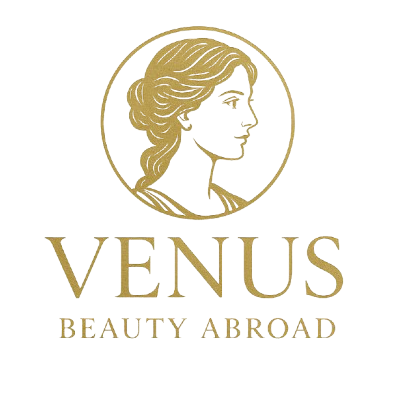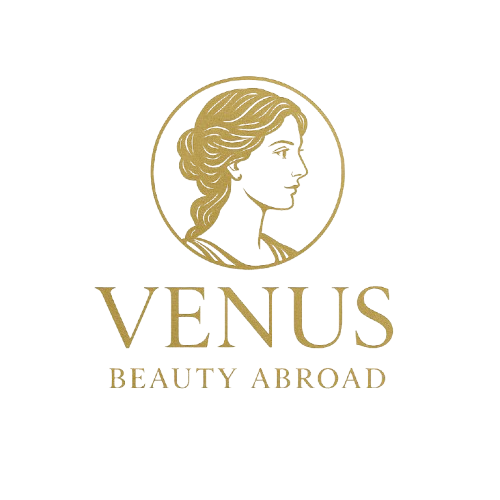
Rhinoplasty
-
A well-balanced nose enhances the entire face. That's why we focus on helping clients find the right rhinoplasty surgeon for their individual aesthetic goals, bone structure, and ethnic background. Whether you're seeking a subtle refinement or a dramatic transformation, our partner clinics are experienced in creating results that look harmonious and natural.
From structural correction to reshaping the tip or bridge, rhinoplasty) can be a transformative procedure that balances your features and boosts your confidence.
-
Bridge Augmentation (Dorsal Rhinoplasty) Raises a low nose bridge using silicone, Gore-Tex, or autologous cartilage (e.g., rib). Ideal for patients with a flat or undefined nose bridge.
Tip Plasty (Nasal Tip Refinement) Used to define a bulbous or droopy tip. Cartilage may be tied, reshaped, or grafted from the septum or ear.
Alar Reduction (Nostril Narrowing) Reduces wide or flared nostrils for a more delicate and balanced nose base.
Hump Reduction Removes dorsal humps for a smoother, straighter bridge. Often includes additional tip work to maintain proportion.
Deviated Nose Correction Straightens crooked noses, often through septoplasty and/or osteotomy. Improves both aesthetics and breathing.
Upturned Nose Correction Elongates a short nose and corrects an overly visible nostril appearance. Usually involves cartilage grafting.
Downward Pointing Tip Correction Also called "ptotic" nose correction. Raises and shortens a drooping nasal tip using cartilage modification and grafts.
Wide Bridge Correction Narrows a broad nasal bridge through bone reshaping (osteotomy) and, in some cases, implant placement.
Revision Rhinoplasty A second or third surgery for patients dissatisfied with previous results. Typically more complex and requires a highly specialized surgeon.
Male Rhinoplasty Focuses on maintaining a strong, straight profile with masculine angles. May be combined with chin or jaw enhancement.
-
You may be a candidate if you:
Feel self-conscious about your nose size, shape, or symmetry
Have breathing issues due to structural problems
Want to correct results from a previous nose job
Have realistic expectations and are in good health
-
Stop taking blood thinners (like aspirin, vitamin E, or fish oil) at least 2 weeks prior, unless otherwise advised by a doctor.
Disclose any medical conditions or medications to your surgical team.
Avoid alcohol and smoking for at least 3 days before surgery.
Eat well and stay hydrated leading up to your operation.
On the day of surgery, arrive with no makeup, jewelry, nail polish, or contact lenses. Wear a zip-up top and fast as instructed (typically 4–8 hours prior).
-
Expect swelling for the first 2–3 weeks; it will gradually subside. Ice packs and prescribed medications will help.
Avoid sleeping on your face or side.
Refrain from smoking or alcohol for at least 4 weeks post-surgery.
Follow all follow-up appointments and post-op cleaning instructions.
Minimum Stay in Korea: 7 days
Time to Normal Look: 2–4 weeks
Time to Full Healing: 6–12 months

